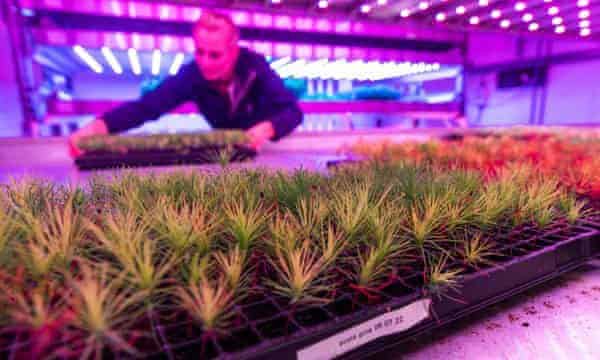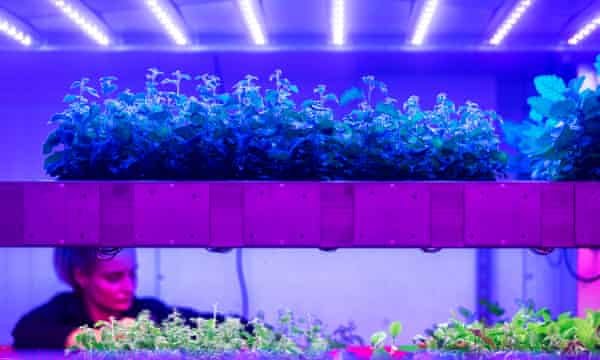It may not be as romantic as a sun-kissed Highland valley, but it may have a different plus: an immense farm of hydroponic plants, where life and automation dance in harmony.
Scotland's state forestry agency (FLS, Foresty and Land Scotland) believes this prefabricated building built at an agricultural research center near Dundee could play a significant role in combating climate change by helping to reforest the country.
FLS wants to plant tens of millions of new trees: conifers such as Norway spruce, Scots pines, broadleaf varieties such as oaks, alders and birches.
And the “transparent cube” he set up keeps the hydroponic seedlings upright, making it easier for them to grow into taller trees 6 times faster than they could in the wild. For a year and a half, the process has been shortened to just 90 days.

Hydroponic tree factories
“Essentially, this isn't a building. It's a machine: a growth machine, ”he says Georgia Leah, communications manager at Intelligent Growth Solutions (IGS), the Edinburgh-based company that designed the system. I call them more simply vertical farms equipped with artificial intelligence.
And just like vertical farms this test facility uses hydroponic farming techniques, where plants are grown indoors under hyper-controlled conditions. The type of light, temperature, humidity and nutrition can be customized for each individual plant, much more than in a greenhouse.
It's always the best time of year here, with the right climate and water.
Georgia Lea, IGS

How hydroponic greenhouses work
In the “tree factory” at the James Hutton Institute, researchers use iPads to monitor rows of uniform shelves, clustered in 9-foot-tall hydroponic towers. They use robots to feed the plants, you see them go up and down like little cloistered monks. From the bottom to the top of each shelf, rows of LEDs shine on the plants: the light spectrum has been adjusted to provide just the right amount of light they need.
The entire building is protected by a “compensation chamber” which allows temperature imbalances to be left out.
The current complex covers an overall small area: just 42 square metres. In this relatively small space, the Scottish tree factory is able to accommodate eight hydroponic towers, each of which contains 52 shelves. As mentioned, they are enough to grow many more trees than outside, using only a small fraction of the space needed outside.
The first in the world
The Scottish Forestry Authority claims the record: Scotland is the first country in the world that could use hydroponic crops to increase its share of forests. If the government approves the plan, of course.
But why shouldn't it? The first tests were a success. The first group of fir, pine and broad-leaved trees from previous experiments has already finished growing in an outdoor nursery nearby. He will soon help reforest the Highlands.

Even less
To find a flaw, the tests showed an all too fast growth of hydroponic crops, which did not give the trees time to harden, putting them at the mercy of the wind. FLS and IGS engineers have therefore slowed down growth, ensuring that the saplings are more mature when planted.
These experiments have a much higher success rate than the traditional method, as is usually the case, where the seeds are machine-spread on a nursery bed. 65% of the seeds produced on these hydroponic farms will turn into saplings. In other words, the survival rate is about 95%. rewilding wild, in short.
If funded, this “hydroponic forest” system can provide the country with 60% of all the trees it needs each year.
A big step towards the Agency's goal: 30.000 hectares of new forest to be added every year by 2025.
When it has noble purposes, and above all it is driven by enthusiasm, technology can truly move the world forward.


